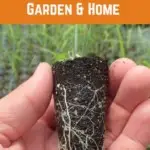
Fourteen years ago, I got back into gardening. That first spring I spent hours planning a vegetable garden that would be big enough to feed us throughout the summer, as well as provide enough produce to can and pickle.
I was going to save us so much money by putting up what I grew for the winter.
And then we went to the garden center.
A trunk full of nursery starts, seed packets, a few berry bushes, and a couple of hundred dollars later, I realized I had just spent all of the money I was going to save.
Let’s face it; growing a vegetable garden can be expensive. Landscaping your property can easily cost you thousands of dollars. And if you enjoy houseplants, those can get pretty costly too.
But having a green thumb doesn’t have to cost you an arm and a leg.
If you’re willing to do a little extra footwork, have a bit more patience while you wait for a clone to mature, or spend a little spare time digging on the internet, you can score free plants easily.
And you’ll end up with a lush garden, and a home full of beautiful greenery.
Here’s a list of tried and true ways to get free plants.
1. Cuttings
My habit of asking for leaf or stem cuttings from friends is the reason my living room looks like a jungle.
Most people don’t mind giving you a couple of cuttings from a plant you admire. You rarely need more than a small portion of leaf or stem to get it started. And it’s a great way to collect unusual houseplants.
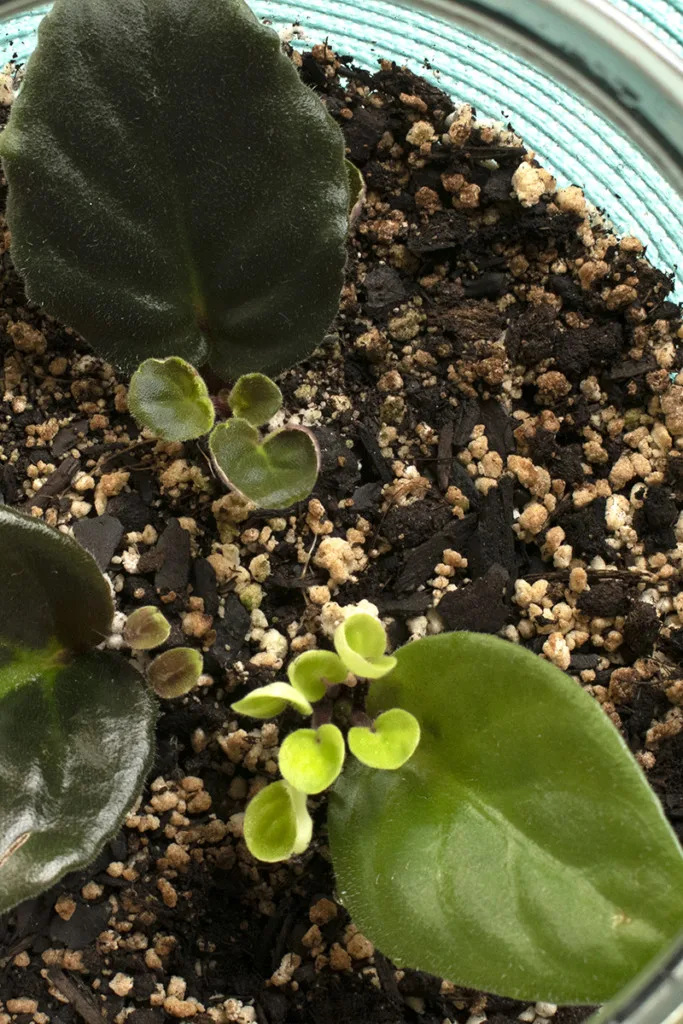
Plant cuttings are the way to go when you’re looking for plants such as raspberries, blackberries, lilacs, or other berries and flowering shrubs.
Here’s a great tutorial for propagating an elderberry bush from cuttings.
Herbs, like mint, sage and rosemary, can also be multiplied through plant cuttings.
You can even clone tomatoes by taking a stem cutting.
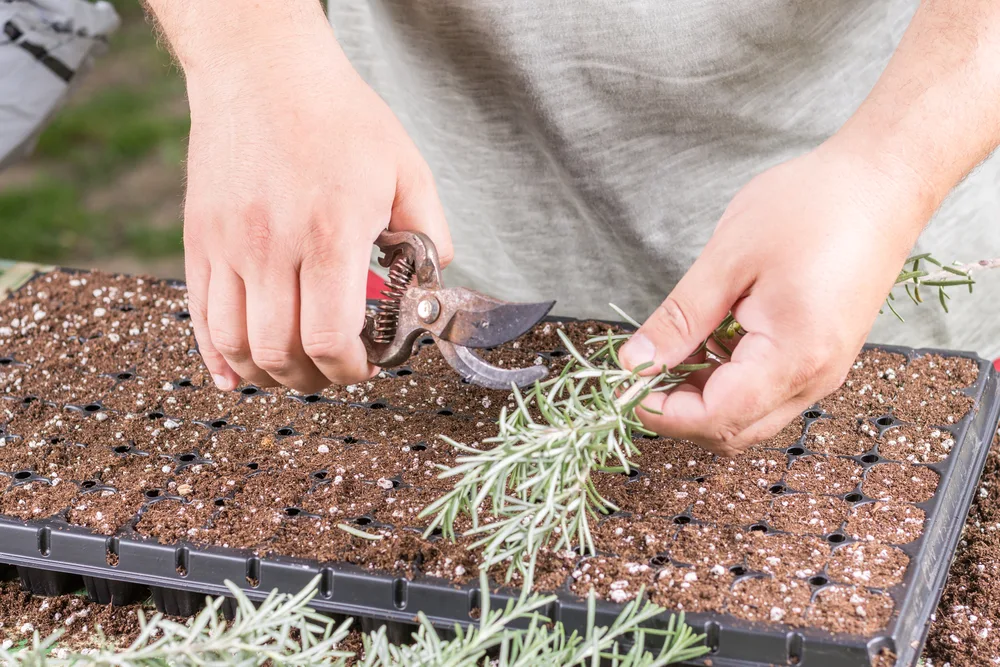
Acquiring plants this way does take some patience; it’s often weeks and sometimes months before you have a fully developed plant. However, your patience will pay off with the sheer variety of plants that you can reproduce with just a leaf or stem cutting.
Read Next: 3 Ways To Propagate Succulents
2. Saving Seeds
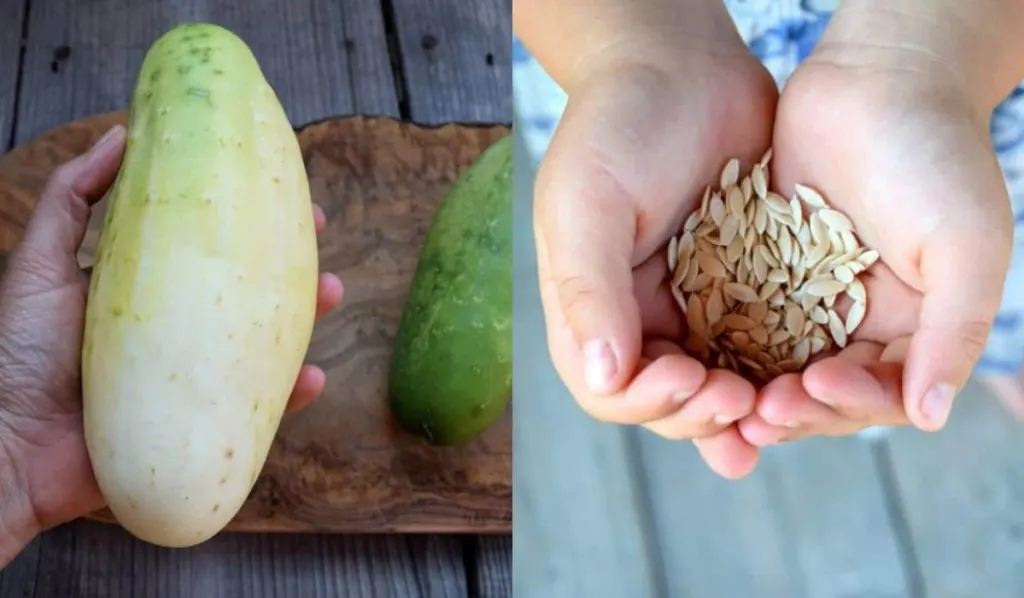
Saving seeds is a frugal way to plan and maintain your garden each year. It’s pretty easy to do too. You just need seeds from a healthy plant.
Rinse them thoroughly, let them air dry in a single layer on a screen for a couple of weeks. Be sure they aren’t touching one another. Then store them in a dry, airtight container. Dusting the seeds with a little wood ash will help preserve them. Seeds stored this way will remain viable for 2-3 years.
When you’re saving seeds, you have to play by the rules of genetics. Hybrid plants are created by crossing species of plants to acquire a desirable trait. The resulting plant is often sterile, or if it does grow, it won’t reproduce the same results as the original plant.
When saving seeds, I recommend sticking with heirloom or open-pollinated varieties.
And don’t forget to share! You’ll be surprised how many seeds you get from one plant.
Here are a few tutorials for common garden plants:
The Secret To Successfully Saving Tomato Seeds
3. Ask Friends and Family
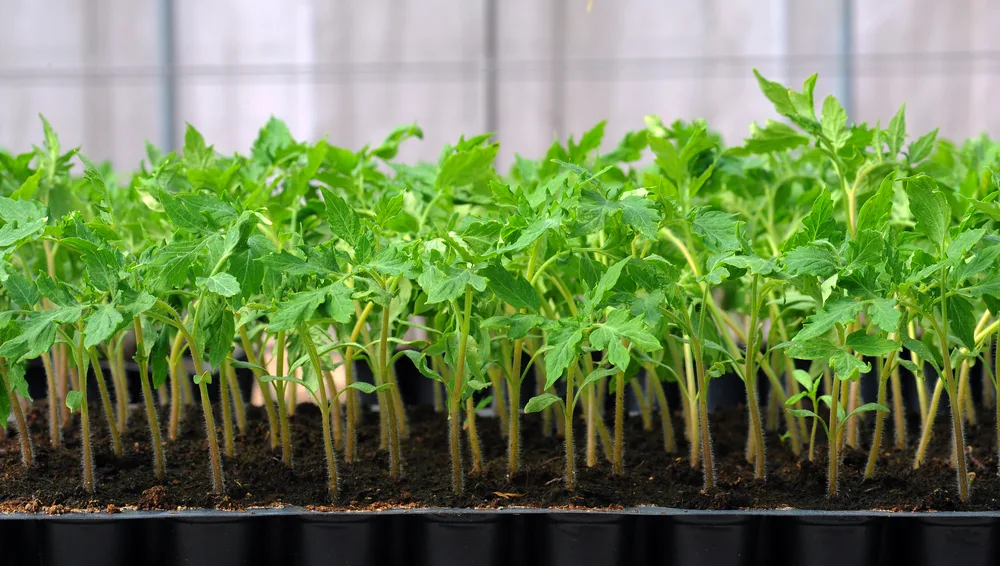
I have yet to meet a gardener who starts their own seedlings, that doesn’t end up with too many plants in the spring.
Let friends and family know that you need plants, and they will remember you when they find themselves with one too many tomato or eggplant seedlings.
If you ask early enough, you might even have a generous friend who is willing to grow extra just for you. I have a dear friend who sends out the call on Facebook every February with a list of what she is growing. She’s always happy to poke a few more seeds in the dirt for friends and family.
Get the word out to friends, family, neighbors, and coworkers that you’re looking for plants, and they’ll remember you when they find themselves with extra.
4. Facebook Groups, Craigslist, Freecycle
There are tons of online resources for community classifieds. These are always a great place to look for free plants, especially if you look for specific gardening or houseplant related groups to join.
Use a search like “free plants” or “free seedlings” and start looking in the early spring if you want plants for your vegetable garden. These places are great year-round for unusual houseplants.
These types of websites are also a great place to post your own notice that you are looking for free plants. This is a great way to make sure the plants you’re looking for find their way to you.
5. Divide Larger Plants
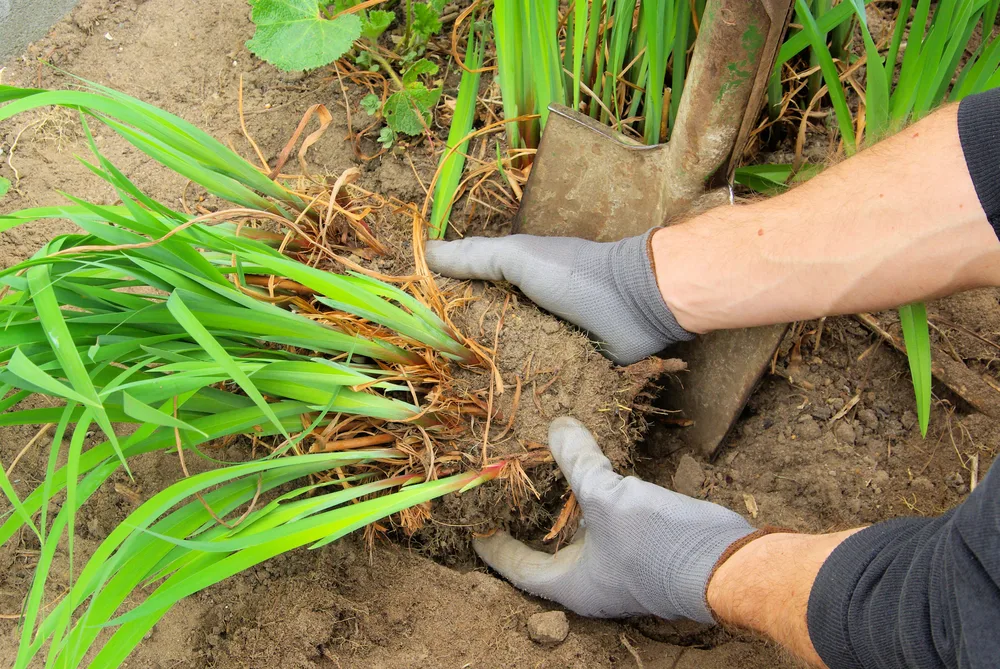
It only takes a year or two for that lemon balm to start taking over the garden. Or maybe your aloe plant has lots of new pups.
Whatever the case, it’s a good idea to separate and replant or repot plants that are getting a little too big.
You’ll end up with more plants, and the original plant will be healthier and happier for it. Don’t forget flowering bulbs; they should be divided every couple of years too.
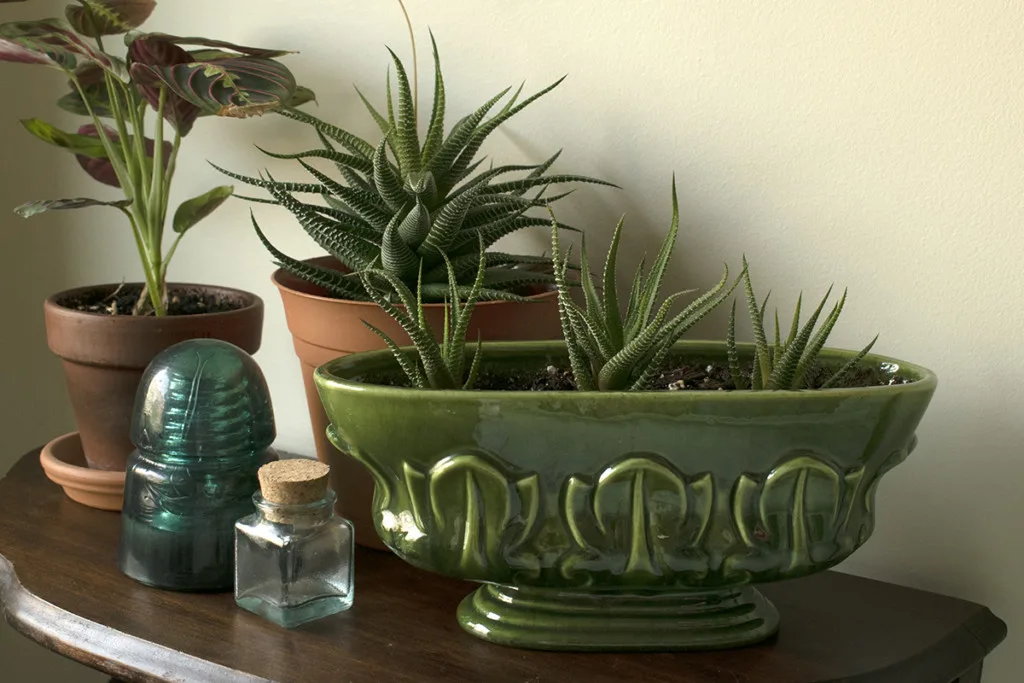
I recently repotted a Peperomia caperata and had six new plants from it. The resulting six new plants were shared with each of my neighbors.
I, in turn, ended up with a jar of raspberry jam and a chocolate cake on my doorstep. Sharing plants has multiple benefits!
6. Gardening or Horticulture Clubs
Join a local gardening or horticulture club. Many of these local clubs provide tours of their member’s gardens or host plant swaps.
Participating is a great way to score free plants and learn more about the plant you’re receiving. Local clubs like these are also a wealth of gardening information, and they usually offer gardening classes to members.
7. Self-Sow Volunteers
Keep an eye out for freebies in your garden or yard. Tomatoes, ground cherries, even radishes, and dill are all plants that will give you volunteers in the garden.
Just keep an eye out for them in the spring and transplant them to your desired location once they are big enough.
Seedling volunteers are also a great way to get trees for free. Keep an eye on your yard for these little guys around their larger parents, and you can nurture one in particular until it is large enough to be transplanted elsewhere.
8. Older or Out of Season Plants from Local Retailers
I was standing in a hardware store yesterday listening to the manager tell a plant wholesaler that they threw away $300 worth of plants last year because no one bought them.
Unfortunately, this kind of thing happens all the time at local garden centers, hardware stores, and big-box retailers.
Fortunately for you, that means an opportunity to scoop up their loss. Ask at the end of the season or after a big plant buying occasion – Mother’s Day, Memorial Day, Easter.
Many retailers will let you snag plants that are just going to be thrown away. Keep an eye out for plants that just need a little extra care to bring them back to life. If you’re willing to ask, you can often walk away with free plants. Just be careful not to take plants that are diseased as you don’t want to bring trouble back to your garden.
9. Curbside Shopping
Take a drive through your neighborhood whenever it’s a beautiful, sunny weekend. You’re sure to find uprooted plants at the end of someone’s driveway. When someone is redoing their landscape, you can benefit, just keep your eyes peeled.
10. Landscaping and Construction Companies
Put in a phone call to a few local landscapers or construction contractors. Many of them are pulling older plants from around properties to make way for new plants and buildings.
If they know you’re looking, you can usually convince them to set plants aside for you rather than tossing them in the dumpster. Going this route is a great way to find established shrubs and trees.

Be polite and pick the plants up as soon as they are available, so the workers don’t have them in their way. If you establish a reputation for being responsible and timely, you may even be surprised to get them calling you when they have plants available.
11. Extension Office
Reach out to your local extension office. Sometimes they will have plants available to residents as part of a promotion or a grant. They may also know of local gardening clubs that are having plant sales, always a good place to pick up freebies at the end of the day.
12. In the wild
You can find great plants to add to your landscape out in the wild. Obviously, I’m not advocating that you start collecting rare species from National Parks, but it’s easy to find plants like daylilies that grow in abundance along the road. You can find wild roses growing in abundance in fields.
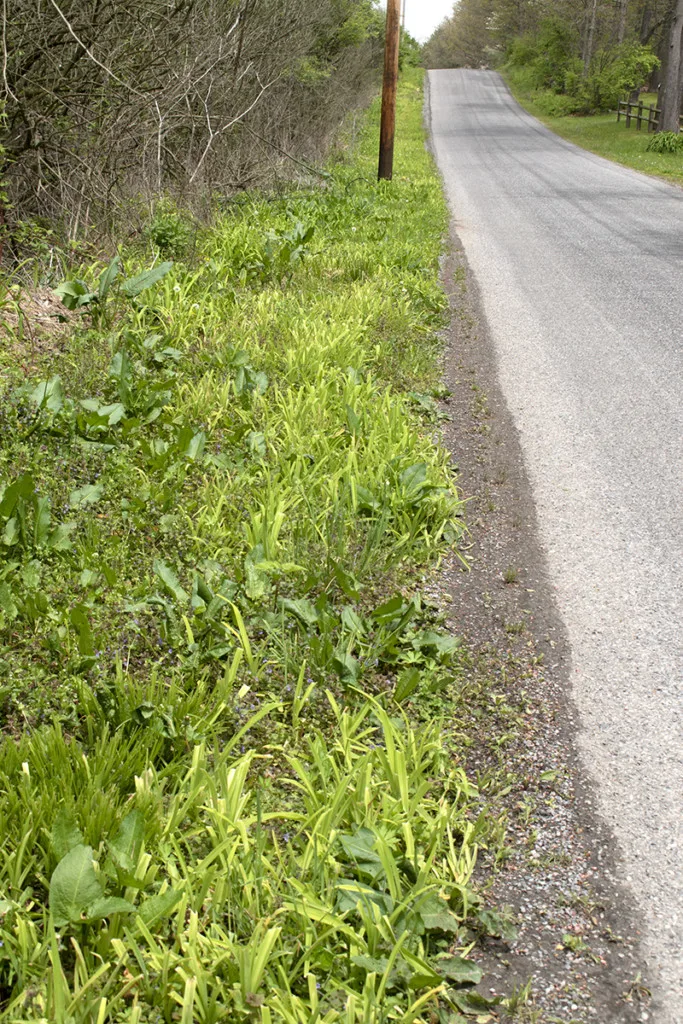
Just be sure you have permission to be on the property, and if it’s a park or game land check to see if a permit or special approval is needed first.
You can transplant ramsons (wild garlic) to your own garden with this tutorial.
13. Host a Plant/Seed Swap
If you’re having trouble finding a local plant swap, host your own. Put an ad in the local Craigslist or Facebook Gardening group. Arrange for some simple refreshments and set up a few card tables. Invite friends, family, and neighbors as well. You may be surprised at the variety of plants and seeds that show up.
Try hosting one in the spring and one in the fall to get a wide variety of plants. Heading up a plant and seed swap is a great way to learn more about your neighborhood, and it might become an annual event. Make it a barbecue, and I’ll be there!
14. Seed Catalog Promotions
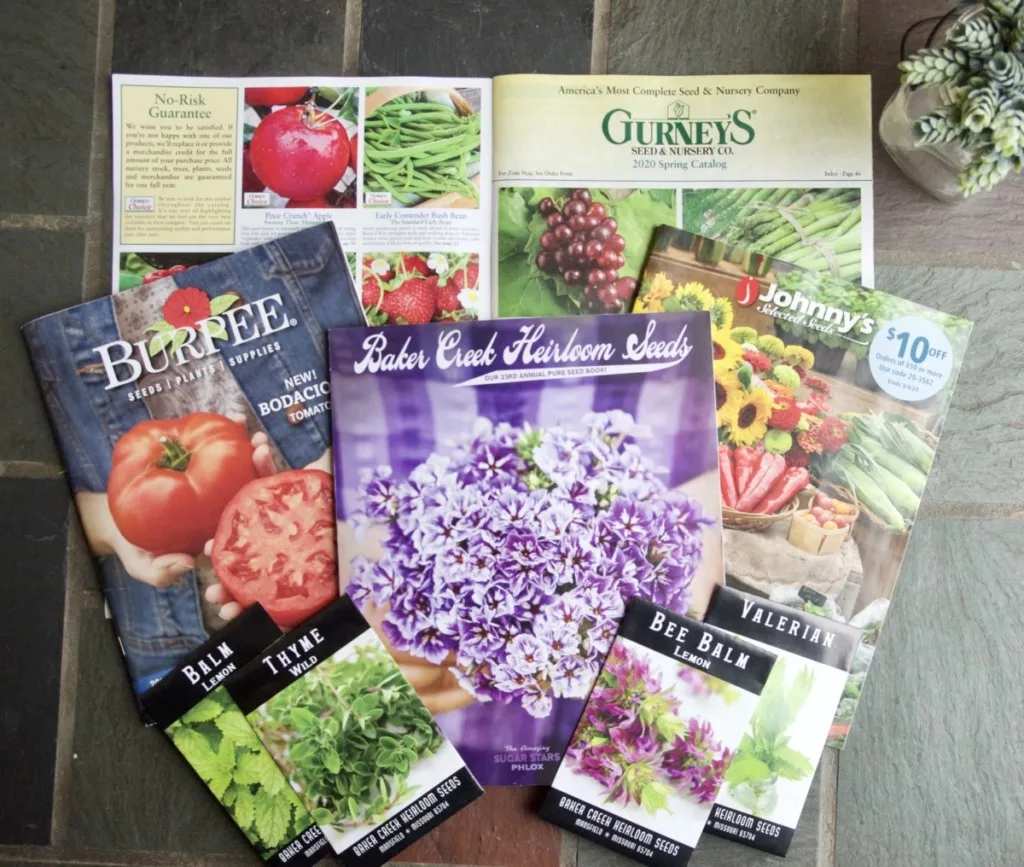
If you haven’t already, sign up for gardening and seed catalog mailing lists. Here’s a great list of free seed catalogs you can request.
Sometimes they will offer free seeds as part of a promotion, or you might even get your first order free (up to a certain dollar amount).
Many catalogs will include free seed packets with your order too. You might initially have to spend a little money, but it may be worth it depending on the promotion.
15. Flea Markets, Yard Sales, and Estate Sales
I love a good flea market, don’t you? And granted, it’s not the first place I think of when I’m looking for plants, but they do show up there. Many vendors don’t want to pack everything back up at the end of the sale and are willing to give plants away for free.
If your neighborhood has a local weekend of yard sales, take a drive around at the end of the last day. You may be surprised to find plants set out for free.
16. Churches, Schools, and Volunteer Organizations
Are you a member of a church, school, or organization that uses plants to decorate their space? Many churches decorate for Easter and Christmas with lilies and poinsettias. Schools may decorate for a special event. Or you may be part of an organization that regularly uses plants to decorate.
Ask if you can take a plant home at the end of the season or event. You can transplant Easter lilies in your yard, and poinsettias can be encouraged to bloom again next year.
Depending on what other plants are used, you may be able to take leaf or stem cuttings and start a whole new plant.
17. Arbor Day Foundation
Do you need trees? Join the Arbor Day Foundation.
Membership costs $10 and includes ten free trees. Plus, you’re helping to support a great foundation.
When you join, they ask for your zip code, which generates a list of trees that grow well in our area for you to choose. The trees are then shipped to you at the appropriate time for planting them.
18. As a Gift
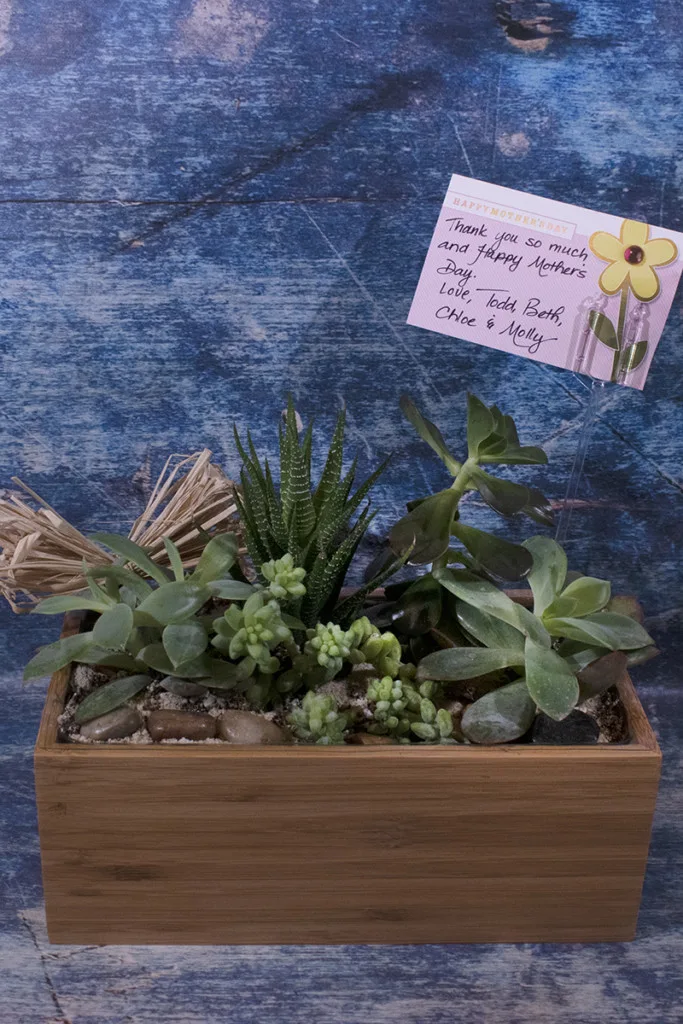
If you’re in the market for a larger specimen or something a bit harder to find, consider asking for it as a gift. Mother’s/Father’s Day, birthdays and Christmas are all great occasions to ask for a plant as a gift.
A gift certificate to a local nursery or an online distributor makes it even easier on the gift giver and gives you freedom of choice.
In the end, if you’re willing to put in a little extra work, you can find free plants everywhere. I’ve often found that once word gets out that you’re looking for plants, family, friends, neighbors, and colleagues are quick to answer the call. Your vegetation wish list can be checked off in no time.
And don’t forget to pay it forward.
When you’re splitting your plants, saving seeds, and starting new plants from cuttings, be sure to share.
Remember those who’ve shared with you and make your extra plants available in the same avenues in which you found them. In doing so, you’ll keep gardening an activity accessible to everyone.

Get the famous Rural Sprout newsletter delivered to your inbox.
Including Sunday ramblings from our editor, Tracey, as well as “What’s Up Wednesday” our roundup of what’s in season and new article updates and alerts.


